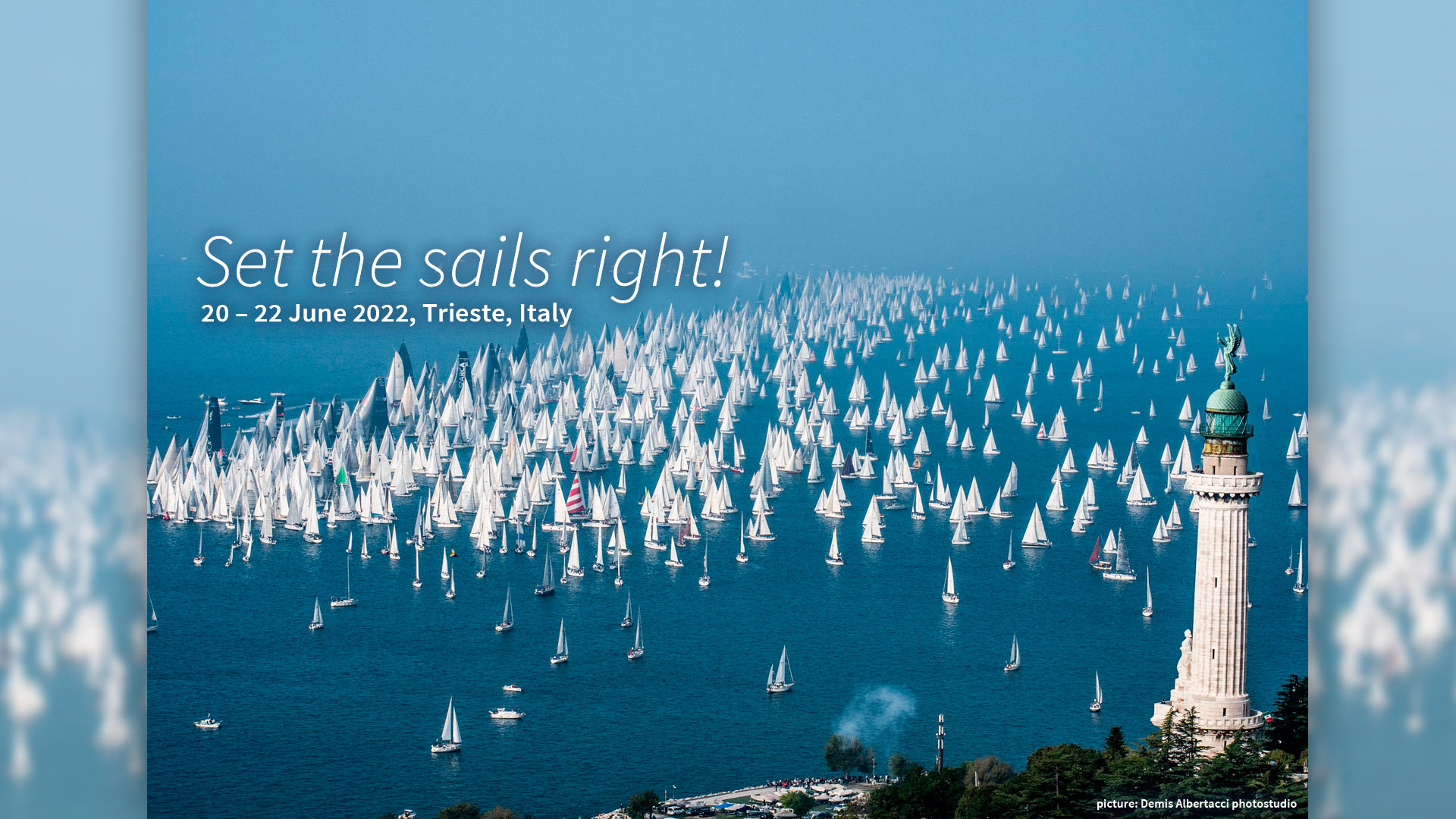The multi-stakeholder model: from its origins to its future
22 Jun 2022 11:30h - 12:15h
Event report
The session contributed to the continuous debate about multistakeholderism in internet governance (IG). Participants considered factors that have affected the decision to use this model in addressing past and current problems.
Mr Wolfgang Kleinwachter (Professor for International Communication Policy and Regulation, Aarhus University) stressed that we should speak about an approach, not a model, because its understanding is different among stakeholder groups, governments, and regions, while the idea of a model implies ‘one size fits all’. He recalled that while a member of the WGIG, 20 years ago it was difficult to agree on the principles of Internet governance and its definition was a political compromise to please the competing interests of the US and China. Currently, from the theoretical perspective, ‘we have a political system based on representative democracy. The multistakeholder approach goes one step further, including more participatory elements, a participatory democracy’, noted Kleinwachter. One can no longer just delegate an issue to somebody who represents you; the complexity of the IG ecosystem has grown to such a dimension that representation becomes too complicated and a decision maker, at the end, doesn’t understand the real interests any longer.
Mr Richard Hill (President, Association for Proper Internet Governance) stressed another problem, that of how to make a decision at the end. The idea of horizontal decision making, ‘where everybody is in the room when you make decisions, works very well when everybody has a common interest and they find a win/win solution, but it doesn’t work so well when you have diverging interests. The point is, when you have divergent interests between the stakeholders, you have to have some sort of a decision making model’. A multistakeholder model has been known for a long time and was formalised by WSIS for the Internet. However, as Hill points out, now we have some multistakeholder institutions, but they do not conform to that model. In ICANN, governments have an advisory role even for public policy issues; the IGF is a multistakeholder body, but it is not formal, it is just individuals. The IGF is not exactly multistakeholder, although it is completely open and participatory.
Mr Chris Buckridge (Advisor to the RIPE NCC Managing Director on issues of Global Strategic Engagement, RIPE NCC) agreed with the two previous speakers. He added that multistakeholderism is a quite pragmatic reflection of how the Internet works and how it is structured. Then he reminded the listeners of the 2012-2016 period when many events took place internationally that affected the multistakeholder approach and its meaning for Internet governance. For example, in 2012 the ITU conference was seen as a threat to the multistakeholder approach. In 2013, the Snowden revelations changed people’s mindsets about the Internet and what was needed in relation to its governance. In 2014, the IANA transition process started, required to be a multistakeholder process under the US government requirement. ‘This inspired a series of events that then made ICANN and RIPE look at things like their accountability models, how are we accountable to our stakeholders, who are the stakeholders, how do we increase or ensure inclusivity’, said Buckridge.The COVID pandemic showed how critically we depend on the internet. ‘We’re looking ahead to 2025 and WSIS+20 and looking ahead to next year, this Global Digital Compact, so there are key events forming right now; it is not clear what their impact on the multistakeholder approach will be’, he concluded.
Kleiwachter added that, while claiming to follow the multistakeholder approach, the approach in reality implies different things. ‘The European Union also supports the multistakeholder approach, but in reality, they think that consultations between the European Commission, the European Counsel, and the European Parliament is the multistakeholder approach. A lot of civil society organisations and the business and technical community are not really involved in making the final draft of the law’. The same is applicable to the US, where the White House has drafted a declaration on the future of the Internet without involving other stakeholders.
Finally, Ms Daphne Stevens (YOUthDIG) asked whether we have the right stakeholders in place. The current structure is a bit outdated and she proposed that youth should be a separate stakeholder. ‘When you have been active in the field for a really long time, you’re on one hand still resilient and still very used to it, but we can have these discussions about how it needs to change. Youth may actually provide the strong opinions that may lead to a further change in the multistakeholder approach’.
Buckridge objected that a real risk in the use of the multistakeholder model is getting too attached to stakeholder group definitions, because particularly youth are not a single group. It is really important to bring younger people in and have that perspective, yet we also need to recognize that they are also members of the technical community and members working with the government and people working in the commercial sector.
By Ilona Stadnik
Related topics
Related event

